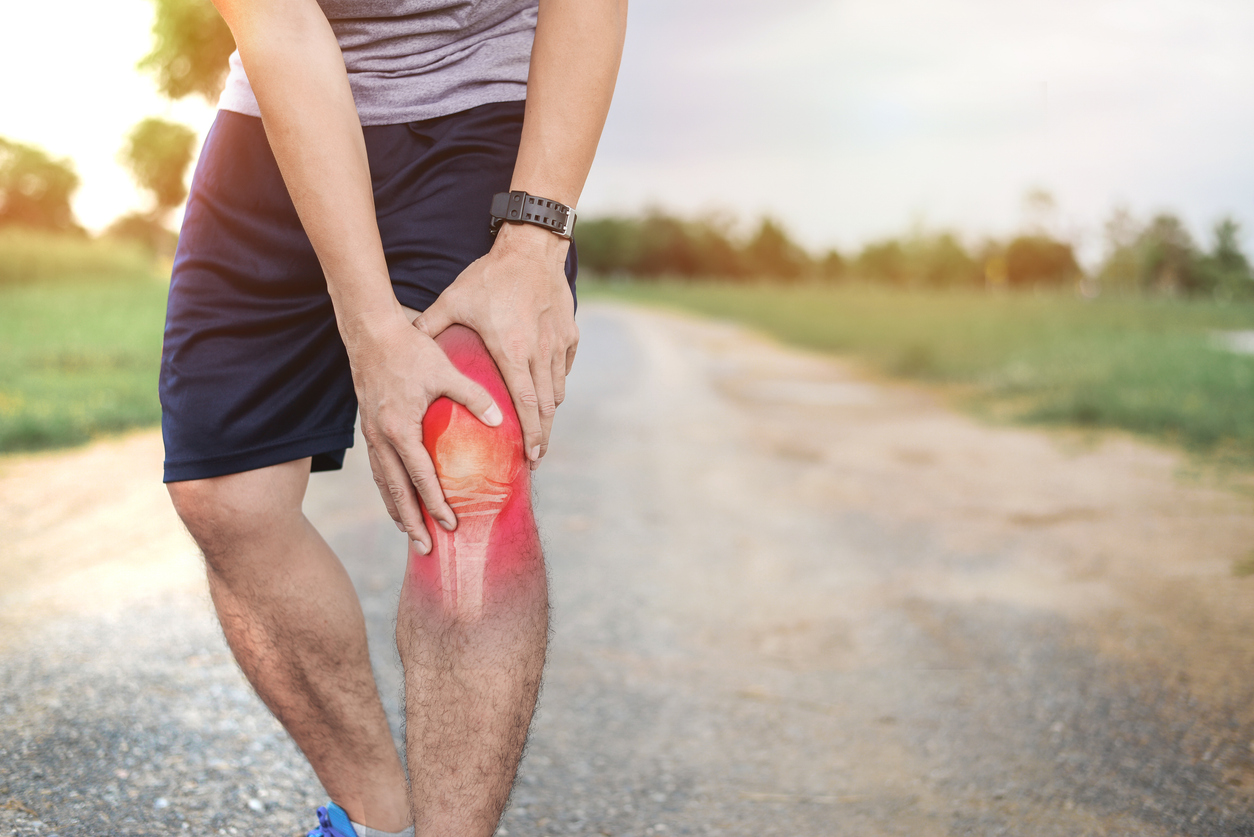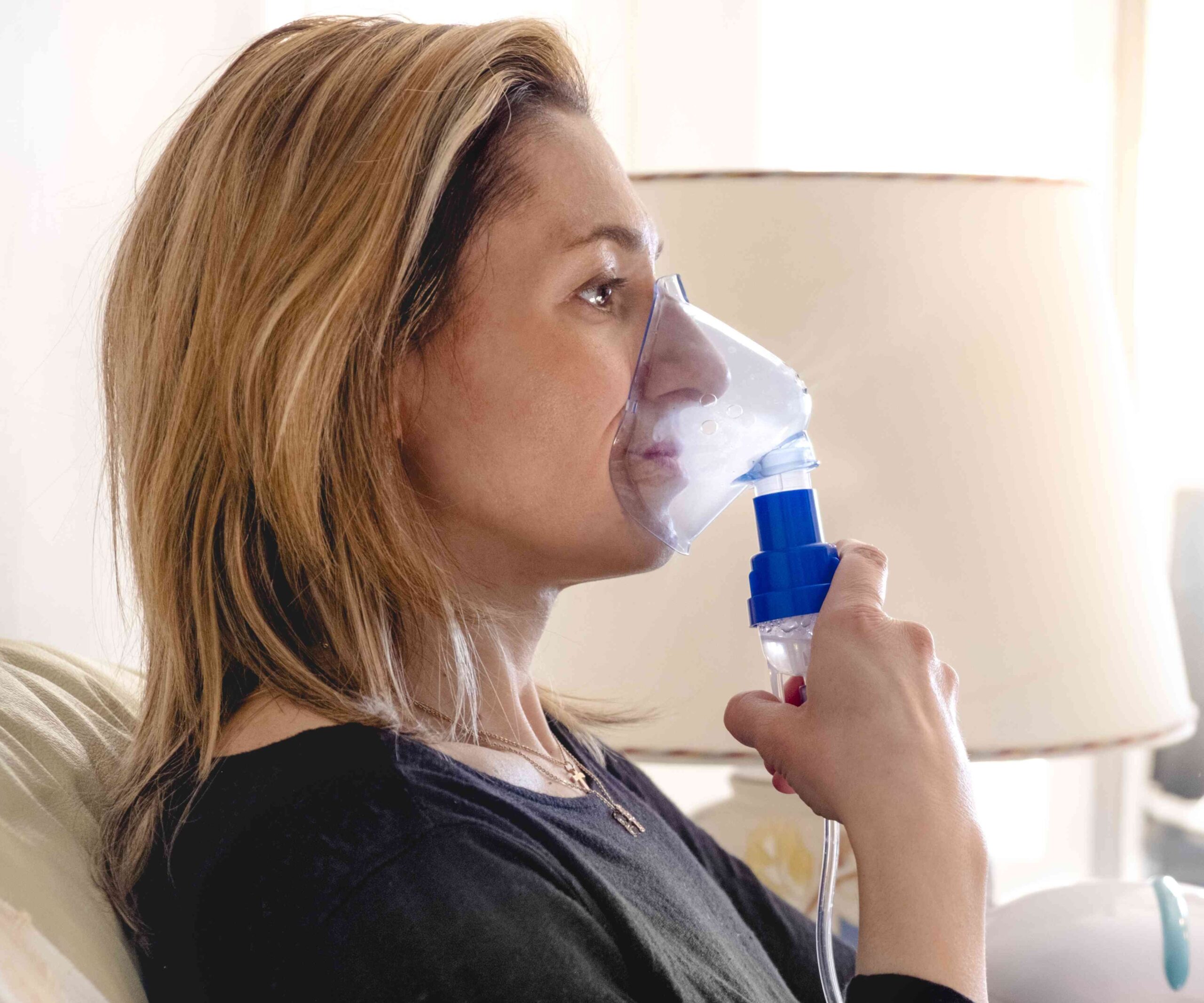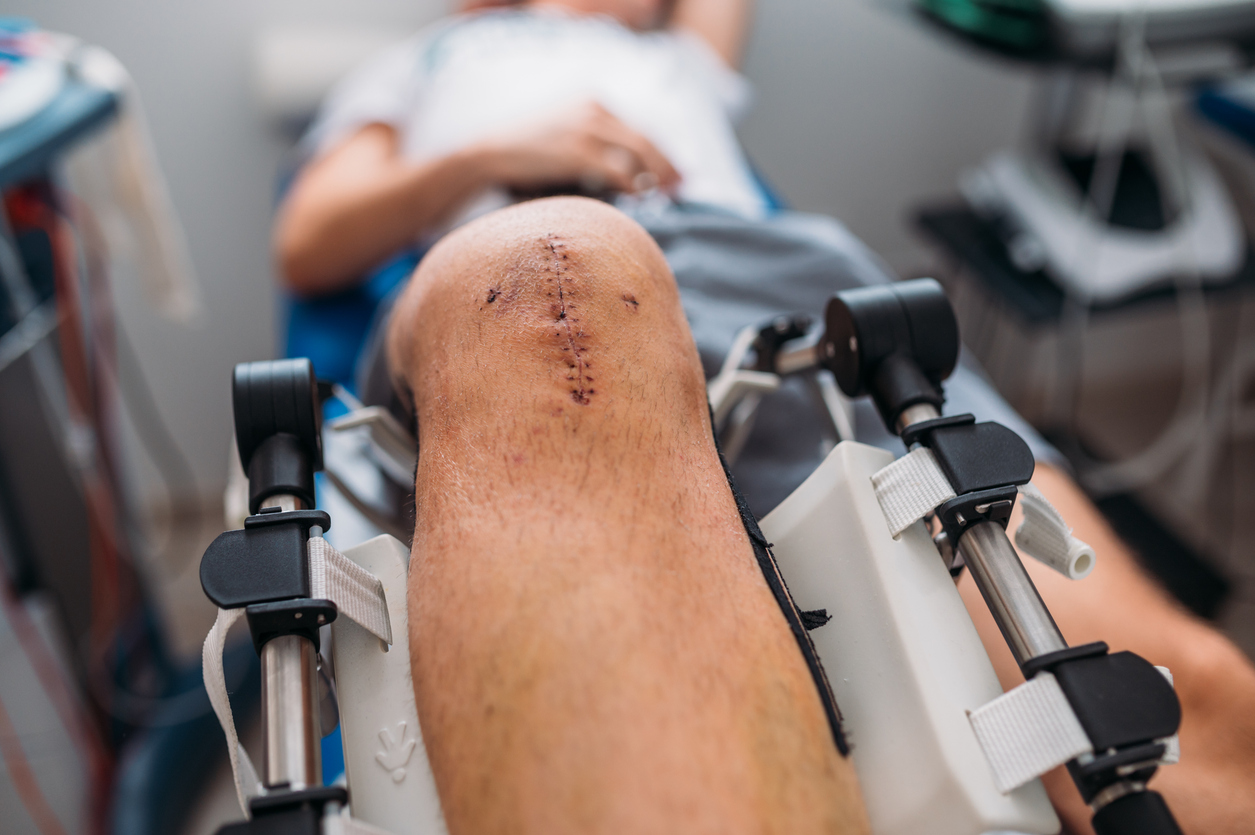
For those experiencing knee pain, surgery isn’t the only option. Non-surgical treatments can often provide significant relief and improve quality of life. Palmetto Bone and Joint offers a variety of non-invasive approaches tailored to each patient’s specific needs, including physical therapy, injection therapies, and lifestyle recommendations.
This guide will outline some of the best non-surgical methods for knee pain relief, helping you understand how personalized, conservative treatments can make a lasting difference in joint health. By exploring these methods, patients can find effective relief for chronic knee pain while avoiding the risks associated with surgery.
Common Strategies for Non-Surgical Knee Pain Relief
For people with chronic knee pain, non-surgical methods offer effective relief by targeting the root causes of discomfort, improving joint function, and enhancing overall quality of life. These strategies include physical therapy, injection therapies, lifestyle changes, and preventive practices that help patients maintain strong, flexible, and pain-free knees over the long term.
Physical Therapy for Knee Pain Relief
Physical therapy is one of the most effective non-surgical methods for managing knee pain. At Palmetto Bone and Joint, physical therapists create personalized plans that strengthen the muscles surrounding the knee, improve flexibility, and promote better joint stability. A typical program may involve exercises targeting the quadriceps, hamstrings, and calf muscles, which are crucial in supporting knee movement. Strengthening these muscles reduces the load on the knee joint, easing pain and preventing further strain.
Therapists also incorporate flexibility and balance exercises, which are crucial for increasing range of motion and enhancing joint function. Stretching exercises for the hamstrings and calves can alleviate stiffness, making it easier for patients to perform daily activities with less discomfort. Balance training, often using equipment like wobble boards or resistance bands, improves knee stability, primarily benefitting those who experience joint instability or frequent discomfort.
In addition to strength and flexibility training, physical therapy may include manual techniques such as massage or joint mobilization. These techniques improve circulation, reduce swelling, and alleviate muscle tension around the knee. Therapists may also recommend modalities like ultrasound or electrical stimulation to manage pain and inflammation. Patients who engage in regular physical therapy often report significant improvements in both mobility and pain levels, allowing them to resume daily activities without relying on surgery.
Injection Therapies & Pain Management
For patients with moderate to severe knee pain, injection therapies provide targeted relief without the need for invasive surgery. Three of the most common types of injections for knee pain relief are corticosteroids, hyaluronic acid, and stem cell injections. All are offered at Palmetto Bone and Joint. Each type of injection works differently, providing various benefits depending on the patient’s needs.
Corticosteroid injections are commonly used to reduce inflammation within the knee joint. By directly injecting anti-inflammatory medication into the joint space, corticosteroids can rapidly decrease pain and swelling. This treatment is particularly beneficial for patients with arthritis or other inflammatory conditions that lead to chronic knee pain. The effects of corticosteroid injections are temporary, typically lasting from a few weeks to several months, so they may need to be repeated periodically under a doctor’s guidance.
Hyaluronic acid injections, also called viscosupplementation, are another option for knee pain relief. Hyaluronic acid, naturally found in joint fluid, acts as a lubricant and shock absorber within the knee. When injected, it helps to improve knee function and reduce pain, especially for people with osteoarthritis. Hyaluronic acid injections are typically given as a series over several weeks, and their effects can last several months, offering a longer-term solution than corticosteroids.
Mesenchymal stem cells (MSC) are another injection option that has anti-inflammatory effects, modulates pain, promotes tissue regeneration, and supports the repair of damaged tissue. These cutting-edge injections utilize Wharton’s Jelly, a gelatinous substance in the umbilical cord. This minimally invasive treatment has few side effects, can provide long-term relief, and is personalized to each patient.
Each type of injection offers effective, minimally invasive pain relief, allowing patients to manage their knee pain without surgery. By discussing these options with an orthopedic specialist, patients can find the most suitable injection therapy based on their knee condition and lifestyle.
Lifestyle Changes for Long-Term Joint Health
Sometimes, making specific lifestyle changes can significantly reduce knee pain and improve joint health over the long term. Weight management is one of the most impactful changes, as excess weight puts added pressure on the knee joints, leading to increased pain and joint wear. Losing even a small amount of weight can alleviate pressure on the knees, reduce pain, and lower the risk of conditions like osteoarthritis.
Regular, low-impact exercise is also essential for maintaining knee health. Activities like swimming, cycling, and walking strengthen the muscles around the knee without placing excessive strain on the joint. These exercises improve joint stability and flexibility, making it easier to perform everyday activities. Incorporating stretching and mobility exercises helps maintain flexibility, prevent stiffness, and reduce the likelihood of injury.
Diet is another crucial aspect of joint health. Anti-inflammatory foods such as fruits, vegetables, nuts, and fatty fish provide essential nutrients that support joint function and reduce inflammation. Omega-3 fatty acids, found in fish like salmon and sardines, are particularly beneficial for joint health and can help manage chronic inflammation.
In addition, wearing supportive footwear and modifying activities can reduce knee strain. Shoes with adequate arch support and shock-absorbing soles are crucial for people who spend long hours on their feet or engage in high-impact activities. Taking breaks during repetitive movements or adjusting workout routines can protect knee joints from strain.
Additional Tips for Knee Pain Relief
- Stay Active: Incorporate gentle, daily movement to keep joints flexible.
- Apply Heat or Cold: Use ice packs for swelling or a warm compress to reduce stiffness.
- Elevate and Rest: Elevate the knee to reduce swelling and avoid prolonged strain.
Trust Palmetto Bone and Joint for Non-Surgical Knee Pain Relief
When it comes to knee pain, having a knowledgeable and compassionate team on your side can make a difference. At Palmetto Bone and Joint, we prioritize non-invasive solutions that address your unique needs and help you return to daily activities comfortably. Our specialists take an individualized approach to knee pain relief, tailoring treatments to align with your goals and lifestyle.
Palmetto Bone and Joint is a Leader in South Carolina Knee Pain Management
For personalized, non-surgical knee pain management, visit Palmetto Bone and Joint in South Carolina. Our experienced team helps you find effective, non-invasive solutions for lasting relief and joint health. Contact us here or call us at 803-941-8095 today to explore treatment options and start your journey to a pain-free life.



